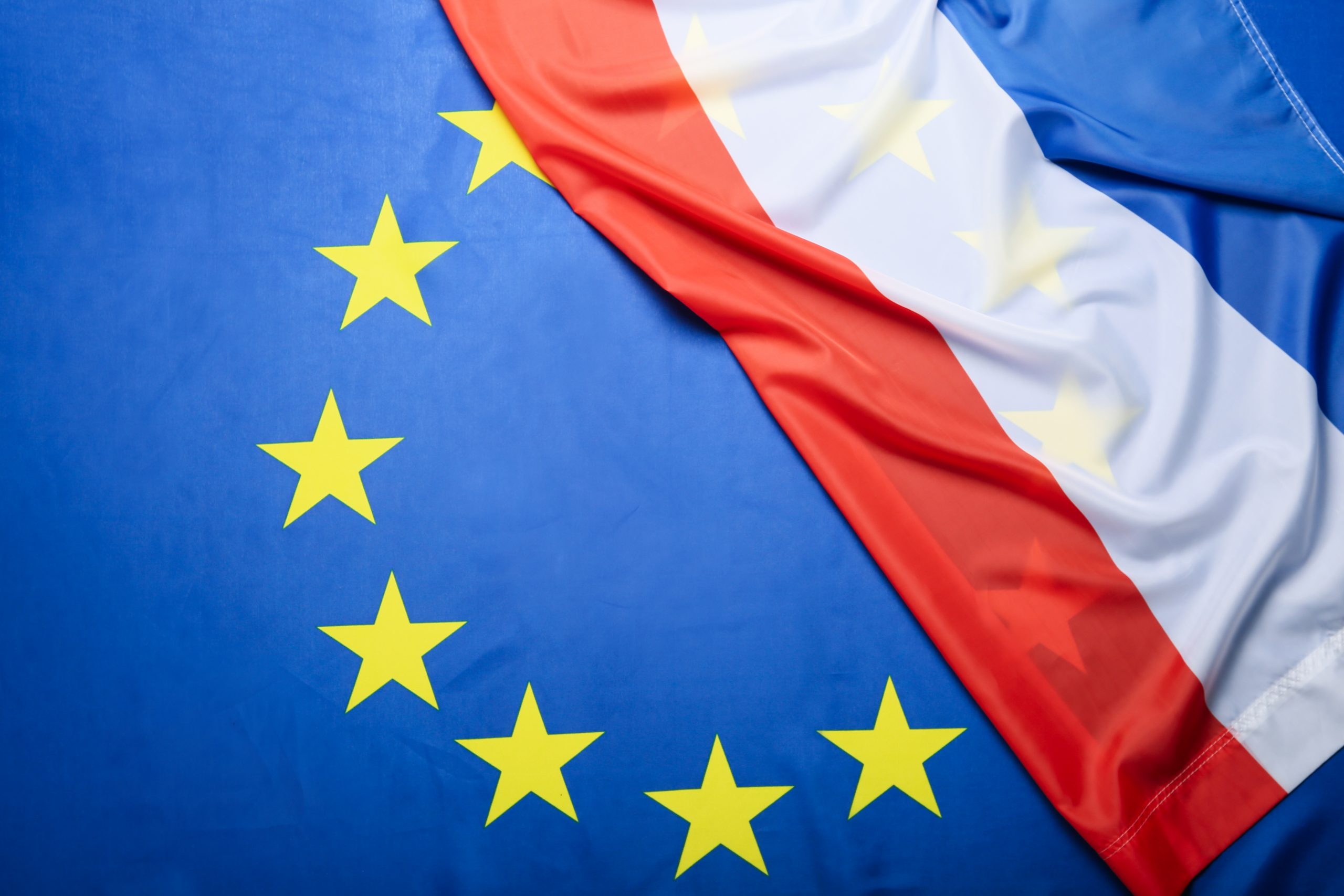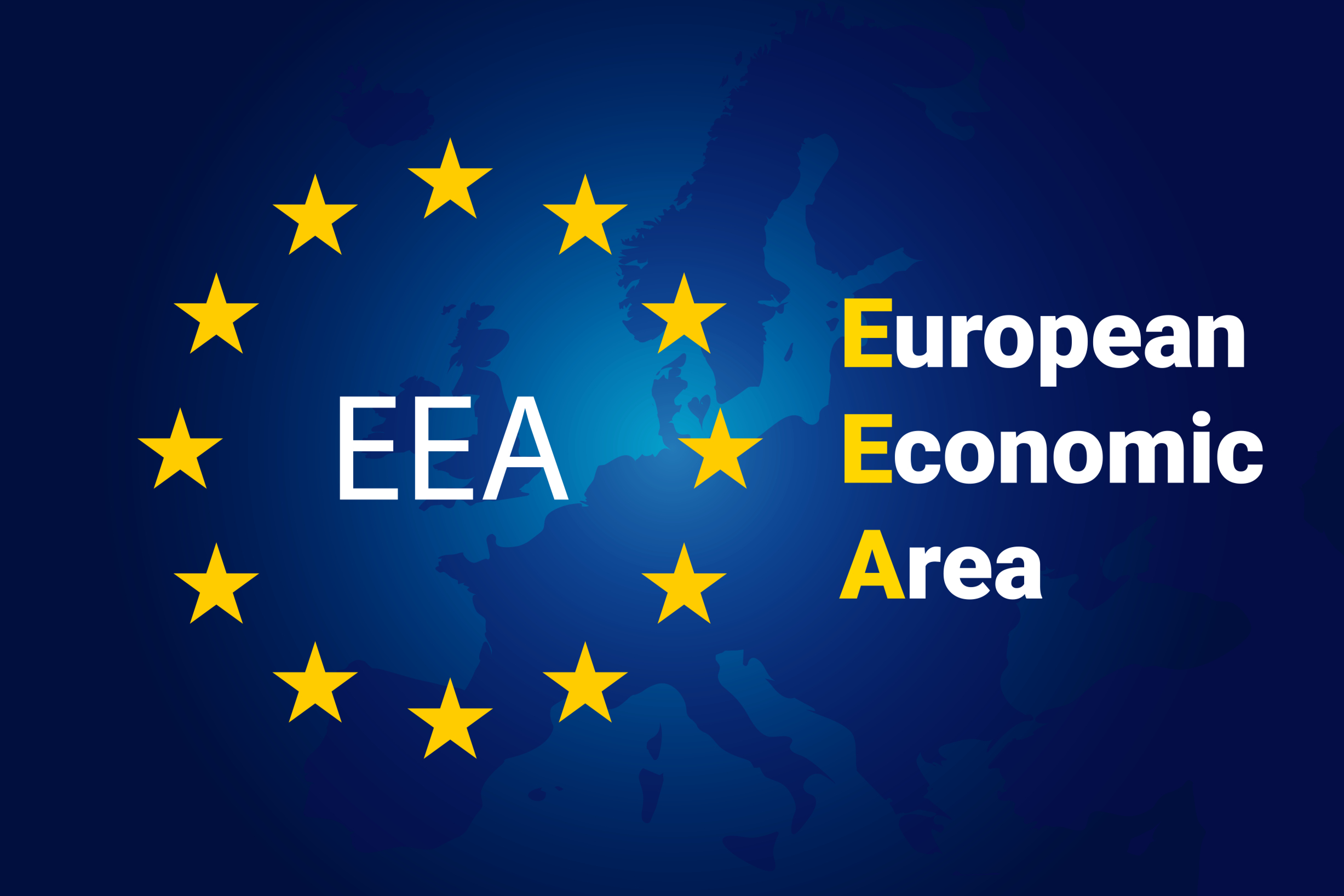Dans quelles langues faut-il traduire la déclaration de conformité UE pour les dispositifs médicaux mis sur le marché de l’UE ?
En qualité de fabricant, avant la mise sur le marché européen de votre dispositif médical, vous devez d’abord démontrer que votre produit est conforme à la législation européenne en vigueur. La déclaration de conformité UE est un document incontournable de ce processus réglementaire. Selon l’État membre où votre dispositif médical sera mis à disposition, la déclaration de conformité devra être traduite dans la ou les langues officielles du pays en question. Dans cet article, nous examinons les exigences linguistiques imposées dans les textes réglementaires s’appliquant aux dispositifs médicaux (DM) et aux dispositifs médicaux de diagnostic in vitro (DMDIV) s’agissant de la...Read more
09 Dec 2022

Quelles sont les langues acceptées dans le cadre des exigences linguistiques du RDM dans chaque État membre de l’UE ?
02 Dec 2022
Le nouveau règlement européen relatif aux dispositifs médicaux (RDM) resserre les contraintes entourant la commercialisation des dispositifs médicaux sur le marché européen. Il exige en effet que chaque État membre de l’Union européenne définisse la ou les langues dans lesquelles un dispositif est mis à disposition. Dans cet article, nous présentons les langues acceptées dans chaque État membre conformément aux exigences linguistiques du RDM.
What Are the EU IVDR Language Requirements for Screens and Software?
25 Nov 2022
The value of in vitro diagnostic medical devices resides in the quality of diagnostic data they provide. The EU IVDR 2017/746 states very clearly that an in vitro diagnostic medical device must be supplied with information in an official EU language(s) chosen by the Member State in which it is made available to the user or patient. However, it is less clear whether these translation rules also apply to text appearing on the device’s screen and in software that is a device in itself. In this article, we revisit the linguistic provisions under the IVDR, and focus specifically on the...Read more
Welche Sprachen für die EU-Konformitätserklärung sind gemäß EU-MDR/IVDR bei Medizinprodukten erforderlich?
09 Nov 2022
Bevor Sie ein Medizinprodukt in der EU in den Verkehr bringen können, müssen Sie als Hersteller zunächst nachweisen, dass Ihr Produkt der geltenden EU-Gesetzgebung entspricht. Die EU-Konformitätserklärung ist dabei ein zentrales Dokument. Je nach EU-Mitgliedstaat, in dem Sie Ihr Medizinprodukt einführen möchten, muss Ihre EU-Konformitätserklärung möglicherweise in die Amtssprache(n) des jeweiligen Landes übersetzt werden. In diesem Artikel möchten wir Sie über die Anforderungen an die Sprachen für die EU-Konformitätserklärung informieren, die von den Verordnungen für Medizinprodukte und In-vitro-Diagnostika der EU (MDR und IVDR) gestellt werden. Ganz konkret gehen wir auch auf die Sprachen ein, die in den einzelnen EU-Mitgliedstaaten akzeptiert...Read more
What Is the EU MDR/IVDR Language Requirement for the Declaration of Conformity for Medical Devices?
13 Oct 2022
Before placing your medical device on the EU market, as the manufacturer you must first demonstrate that your product complies with the applicable EU legislation. The EU declaration of conformity is an essential document in this regulatory process. Depending on the EU Member State where your medical device will be made available, the EU declaration of conformity may also need translating into the country’s national language(s). In this article, we will discuss the EU MDR/IVDR language requirement for the declaration of conformity. You will also learn which language versions of it individual EU Member States accept.
What Are the EU MDR/IVDR Language Requirements in the EEA-EFTA Countries of Iceland, Liechtenstein, and Norway?
24 Aug 2022
Although the MDR and the IVDR are medical device regulations of the EU, their application extends beyond the EU to other European Economic Area countries which enjoy access to the European single market. In this article, we discuss the EU MDR/IVDR language requirements in the EEA-EFTA countries of Iceland, Liechtenstein, and Norway.
What Are the EU MDR/IVDR IFU Translation Requirements for Manufacturers of Medical Devices?
01 Jul 2022
The EU MDR/IVDR IFU translation requirements are among the many measures aimed at ensuring patient safety and protecting public health within the new EU regulatory framework for medical devices. The linguistic diversity of the EU Member States, however, poses a challenge for manufacturers of medical devices planning to place their product on the EU market. In this article, we focus specifically on instructions for use, commonly referred to as the IFU. Read on to find practical information on how the language aspects of your IFU are regulated by the EU MDR and the EU IVDR, including the language version(s) you...Read more
Welche Sprachen werden nach den sprachlichen Anforderungen der EU MDR in den einzelnen EU-Mitgliedstaaten akzeptiert?
07 Jun 2022
Bei Medizinprodukten, die in der EU verkauft werden sollen, sind nach der neuen Medizinprodukteverordnung (MDR) der EU strengere sprachliche Anforderungen einzuhalten. Zudem liegt es nun auch in der Verantwortung der einzelnen EU-Mitgliedstaaten festzulegen, in welchen Sprachen die Produktinformationen jeweils bereitgestellt werden müssen. In diesem Artikel zeigen wir Ihnen, welche Sprachen in den einzelnen EU-Mitgliedstaaten gemäß den sprachlichen Anforderungen der EU MDR akzeptiert sind.
What Are the EU IVDR Language Requirements for In Vitro Diagnostic (IVD) Medical Devices and Which Languages Are Accepted in Each EU Country?
19 May 2022
On 26th May 2022, the In Vitro Diagnostic Medical Device Regulation (IVDR) (EU) 2017/746 became applicable across all 27 EU Member States, marking the start of a five-year progressive roll-out for in vitro diagnostic medical devices on the EU market. Among its various changes to the EU regulatory framework are the IVDR language requirements. In this article, we will discuss what these IVDR language requirements are, and which local languages individual EU Member States accept in response to them.
Pro Bono Ukrainian Medical Translation: Helping Patients from Ukraine with Their Medical Documentation
14 Mar 2022
It is impossible to even fathom the sheer scale of the current humanitarian crisis unfolding in Europe, but the stories of individual patients fleeing the horrors of the war tell us how much they urgently need a Ukrainian medical translation service. At Mastermind Translations, we are helping patients from Ukraine with their medical documentation while also supporting our Ukrainian medical linguists. Find out how you can help, too.









